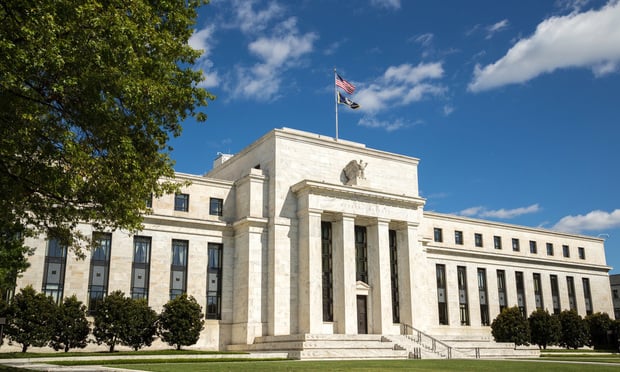GlobeSt.com: On many levels--economic, political,social--these are not fast times in the affordable housing sector.What is the tone in Washington, DC, particularly with a newadministration in place?
Reid: It's not very good right now, but that'slargely because of the continued squeeze on the domestic budget. Interms of the Bush administration, there seems to be no change fromthe Clinton years, although the White House now is less warm andfuzzy to affordable housing. This could be simply that theircommitment has not been made evident yet. The new $30-billion HUDbudget is really a standstill budget, which means that while theyadvertise that they've increased the budget by a billion or abillion and half dollars, it's really a little less because ofprior years' obligations. If we adjusted the HUD budget forinflation since 1980, it should be in excess of $80 billionnow.Also, while there was an increase in low-income-housing taxcredits, it is still inadequate; it comes down to $3 billion peryear, which sounds like a lot of money, but not when it's comparedto need.
GlobeSt.com: So the crisis is worsening not only froma Fed standpoint but from the business and social standpoints aswell.
Continue Reading for Free
Register and gain access to:
- Breaking commercial real estate news and analysis, on-site and via our newsletters and custom alerts
- Educational webcasts, white papers, and ebooks from industry thought leaders
- Critical coverage of the property casualty insurance and financial advisory markets on our other ALM sites, PropertyCasualty360 and ThinkAdvisor
*May exclude premium content
Already have an account?
Sign In Now
© 2024 ALM Global, LLC, All Rights Reserved. Request academic re-use from www.copyright.com. All other uses, submit a request to [email protected]. For more information visit Asset & Logo Licensing.








